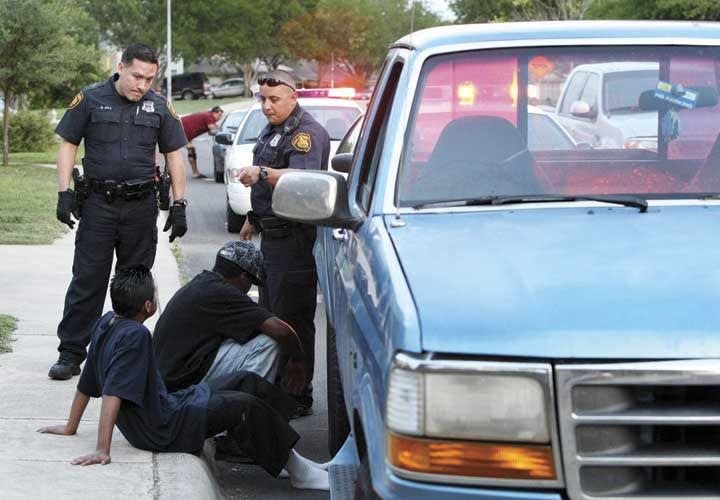In the Miranda decision, the court noted that "Volunteered statements of any kind are not affected by our holding today." The reason for this is because volunteered statements have not been elicited by police interrogation. Therefore, even though a person is in custody, his volunteered statements (sometimes also called "spontaneous statements") are not inadmissible under Miranda, even though warnings have not yet been given.
The Supreme Court itself has acknowledged that its "compulsion-neutralizer" is actually a "confession inhibitor." "Miranda warnings may inhibit persons from giving information." (Oregon v. Elstad) In many cases, "Miranda warnings deter a suspect from responding." (New York v. Quarles)
This being true, why would an officer want to reduce the chance of obtaining potential volunteered statements by giving a gratuitous warning in advance of planned interrogation? If a suspect arrested in the field will not be interrogated until he is transported to the station and placed in an interview room, why risk the loss of statements the suspect might have blurted out during the ride by needlessly giving a warning that shuts him up?
Statistics from the FBI's Uniform Crime Reports show that during the years before the Miranda decision was issued in 1966, law enforcement officers in the U.S. cleared an average of 63 percent of the Part 1 violent crimes (murder, rape, robbery and aggravated assault). Immediately after Miranda, the clearance rate fell sharply, averaging only 45 percent ever since. This 18-percentage-point drop represents a 28-percent reduction in our ability to clear violent crimes, attributable solely to the effect that hearing a Miranda warning has on the suspect's willingness to admit his crimes.
Some officers believe it can never hurt to Mirandize, even when unnecessary. Maybe people who hold this unexamined view should talk to the victims (or their survivors) of the quarter-million homicides, one million rapes, five million robberies, and nine million aggravated assaults that have gone unsolved since 1966, simply because of Miranda.[PAGEBREAK]













